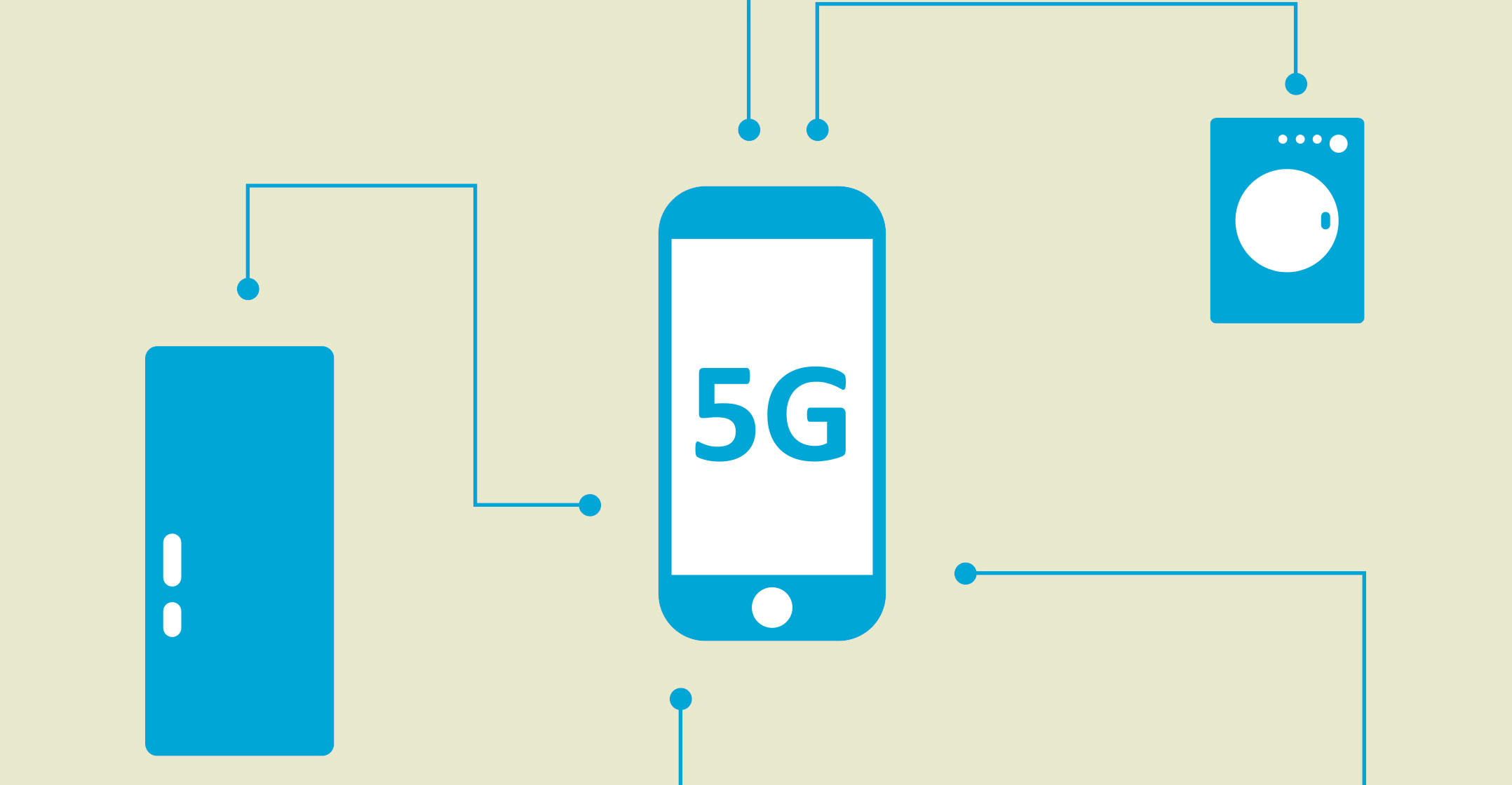
Every decade or so, the wireless industry rolls out a new cellular communications standard that can transmit more data more quickly. Already under development is the next round, called “5G” because it’s the fifth major generation of these standards for encoding and transmitting data over radio waves.
The first generation, retroactively called 1G, was a fully analogue system for transmitting voice. In contrast, 2G phones transmitted voice and data digitally. Subsequent generations, 3G in 2000 and 4G in 2010, made technical improvements that brought data rates up from 200kbit/s to hundreds of megabits per second. With 2020 approaching, 5G is expected to transmit 1Gbit/s — and perhaps as many as 10.
Being able to send and receive that much data so quickly opens new opportunities for augmented and virtual reality systems, as well as automation.
For instance, self-driving cars could communicate with each other, road signs, traffic signals, guard rails and other elements human drivers simply see. That would require an additional technical leap — reducing what is called “latency”, or the delay between when a signal is sent and when it’s received, to one millisecond. (If a network’s data rate is how wide a garden hose is, latency is how long it takes from the moment the tap is turned on until water comes out the end.)
Achieving high data rates with low latency requires a number of technical changes, including sending data using higher radio frequencies and designing arrays of antennas to reduce interference between many devices all communicating at the same time. Together these add up to a 5G network with many more base stations — each of which is physically smaller than a current cellular tower and placed much more closely together. 5G base stations could be placed every 250 metres, rather than the every 1km to 5km needed for 4G.
In addition, 5G systems offer the possibility of providing reliable connections to massive numbers of wireless devices simultaneously. This could enable a huge expansion of the number of “Internet of things” devices in use, monitoring nutrients in soil for farmers, package locations for shipping companies and vital signs for hospital patients, for instance.
Early 5G networks are being rolled out now in some US cities. The Tokyo Olympics in 2020 are supposed to present the very first showcase of the full range of what 5G technology can offer. Between now and then — and even beyond — companies rolling out 5G networks will deploy a new technology while it’s still evolving, as they did with earlier generations.![]()
- Written by Jan Rabaey, professor of electrical engineering and computer science, University of California, Berkeley
- This article was originally published on The Conversation

